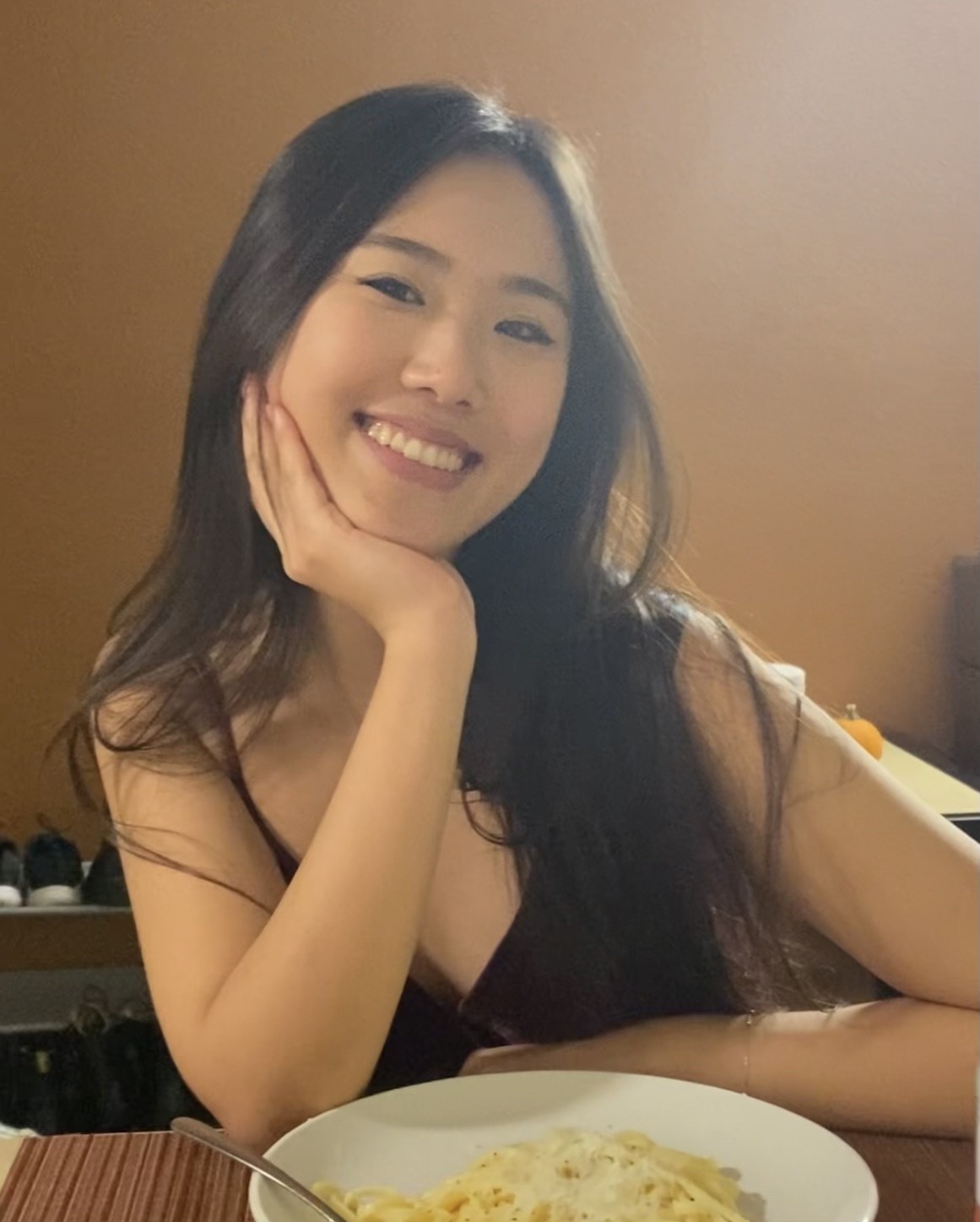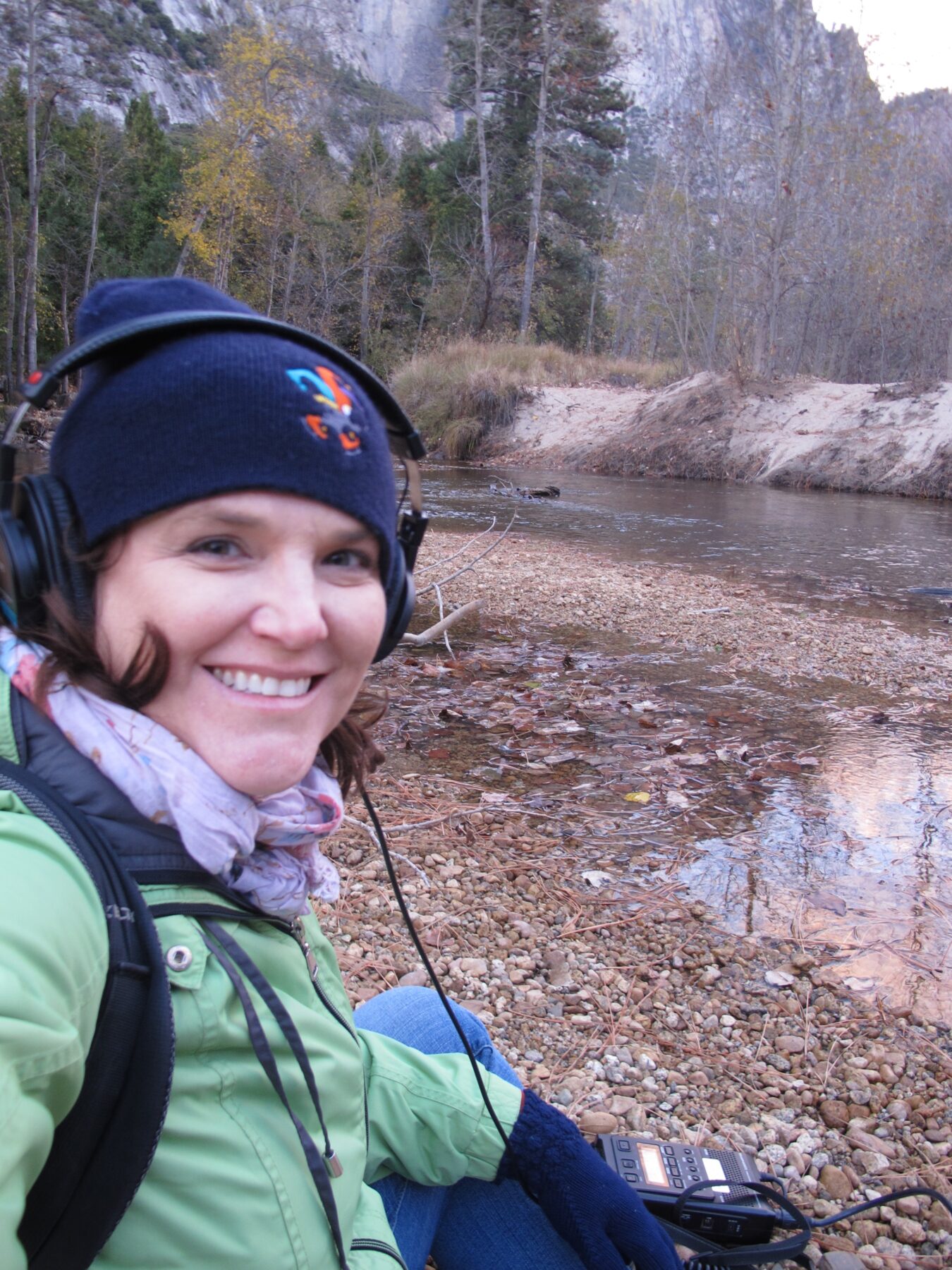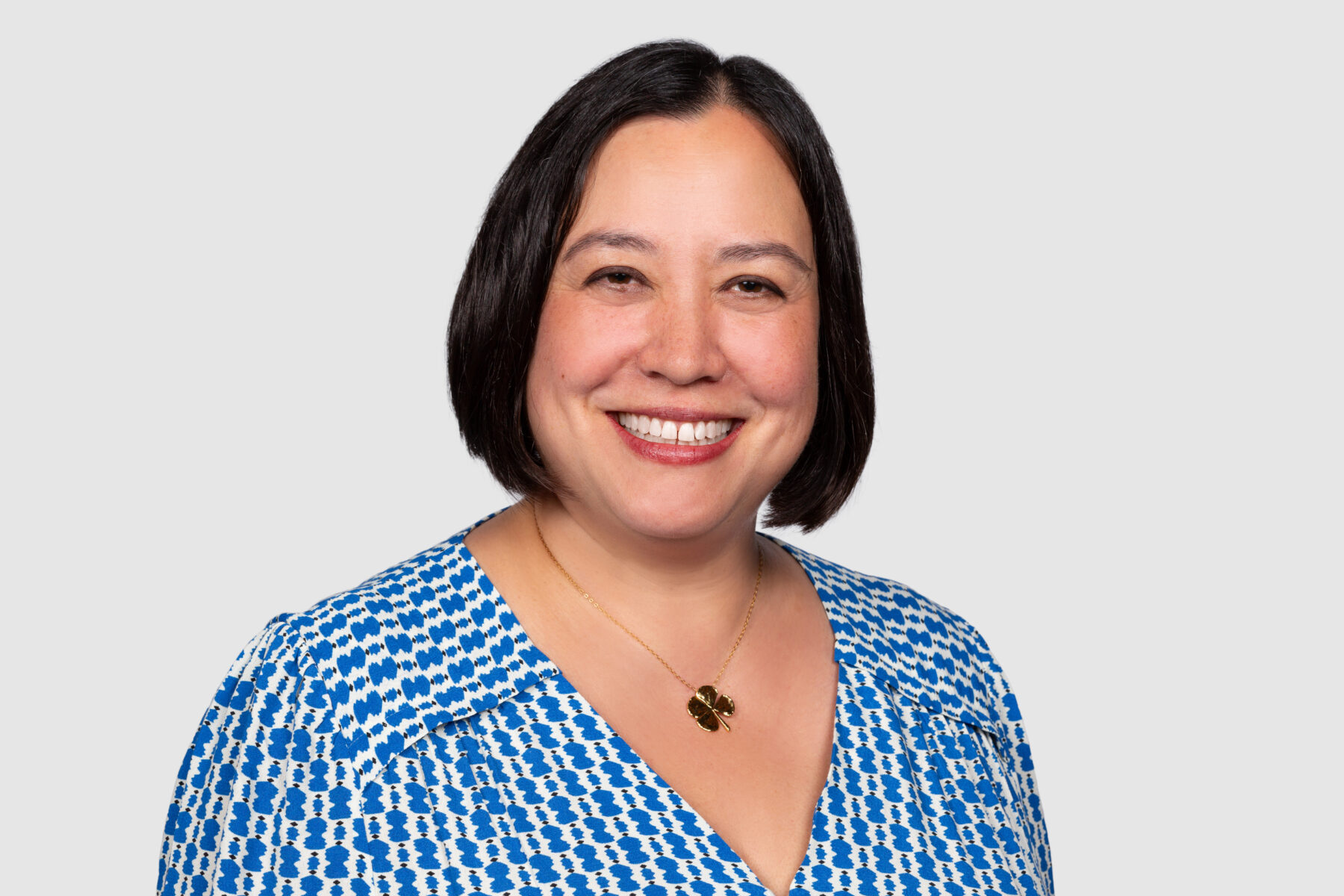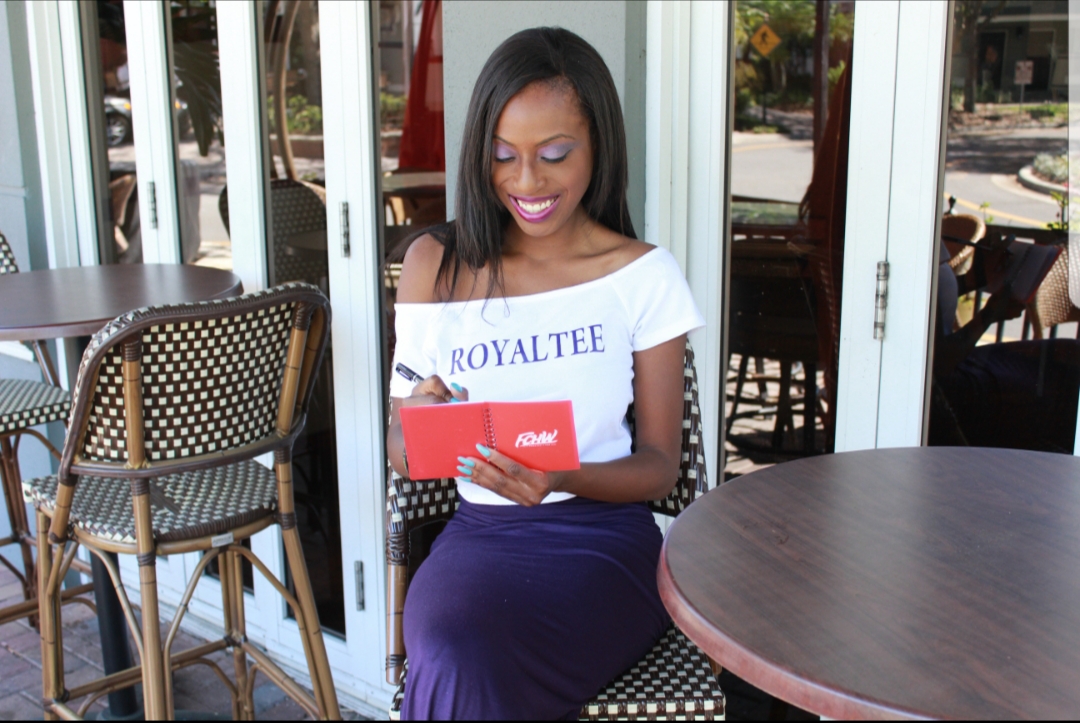
In 2008, journalist Katherine Reynolds Lewis was living her dream. She was a national correspondent for a prominent news service in Washington. But when the recession hit, the news service closed the D.C. bureau and laid everyone off — including Lewis.
“I had this decision between, do I go back into a newsroom in the depths of the Great Recession and then risk being the first person laid off in the next round of layoffs, or do I bet on myself and try a career as a freelancer?” she said. “I decided to bet on myself.”
Sooner or later, every journalist faces the question: to freelance or not to freelance? Some people freelance because they have to — it’s a way to get by between a layoff and their next full-time job. Others have found that freelance journalism suits their life better than a strict set of hours and a staff position that doesn’t pay overtime.
“There have been different times of my life where I’ve been in transition and used freelance to fill the gaps,” said podcaster and freelance journalist Ashley Cisneros Mejia. “But now as a mom, I really love freelance because I can create my whole schedule. … I can pick up the kids early. I have that flexibility.”
I spoke with journalists about their respective freelance paths. Here are their tips for making the leap and building a successful independent journalism career.
Start early
Independent journalist and audio producer/reporter Susan Valot recommends that journalism students begin freelancing while they’re still in school.
“If you’re pitching and freelancing while you’re still in college, nobody’s going to say, ‘Show me your degree’ if they can see that you can write, or they can see that you can do radio or TV,” she said. “Because once you make the connections and then make that leap on your own, you’ve got a little bit of a safety net. You have people who will respond to your emails.”
Longtime TV critic Andy Denhart got his start freelancing at a national magazine for college students, a local Orlando publication and culture site Salon.com while attending Stetson University in Florida. As a student, he enjoyed doing work for professional outlets and making money, but he admitted that sometimes his inexperience showed.
“As a freelancer, you have to do a lot of advanced work in planning your pitches to make sure that they’re tailored to the publication and not duplicating content they’ve done before,” he said. “It is a lot of work, and I think I tried to shortcut a lot of that just because I didn’t know better.”

But building a successful freelancing career during school is feasible. University of California-Berkeley sophomore Amber X. Chen started freelancing during high school when the Los Angeles Times accepted her pitch for an L.A. Affairs piece about her ex. After that, she studied up on what it takes to be a freelance journalist and kept pitching editors, earning bylines in places like The Guardian, Teen Vogue and the LA Public Press during college.
It’s a challenge to balance her deadlines, classes and part-time jobs, but she makes it work.
“I think the hardest thing was finding time to … interview people because, when you’re a journalist, you’re sort of at the mercy of other people’s schedules,” she said, noting she has to fit in interviews around her classes. “I’m definitely still trying to get better at having … a freelancing routine and schedule and being able to do my schoolwork at the same time.”
Starting early also applies to journalists in full-time roles who are considering the freelance life. Before taking the leap, take a gig on the side to see if you can manage the stress, deadlines and invoices. You should also consider the cost of benefits like health insurance and retirement savings; if you have a partner with benefits, the decision to freelance might be easier.
When it comes to freelancing for others, some media companies have non-competes that prevent staffers from doing so, other publications and editors encourage it. Before Lewis got laid off from the news service, her editor told her entire newsroom to freelance, saying, “Everyone needs a Plan B.”
Find work where you can
After making the decision to freelance, the next — and perhaps most daunting — step is finding clients. While it can be intimidating, freelancers should stay confident that the work is out there.
“I had moments of panic, like ‘Oh my god, like how am I going to do this?’” Valot said. “But the key to not panicking is to trust that this is going to work out. I have the skills that I need in this field, and if I have to, I can go work at Disneyland or Trader Joe’s for a little bit. And there’s no shame in that.”

There’s no one formula for finding clients and building a roster, but part of trusting the process is keeping an open mind. New opportunities can come from outside of traditional journalism. Because Cisneros Mejia had previously worked at a business magazine, entrepreneurs got in touch with her to write press releases on a freelance basis. She even attracted a client from her profile on Mediabistro.
Publicist and freelance journalist Alexia McKay found one of her first clients, a local Florida newspaper, through her mentor in the National Association of Black Journalists. Working at the paper led her to the opportunity to cover Disney events in Orlando, where she made valuable connections. And it encouraged McKay to keep freelancing and grow her client base.
“I was like, ‘You know what, I’m going to see where this goes, where I could go with it and what other opportunities could come from this,’” she said. “In order to do that, I needed the flexibility, and working in a newsroom or any job in an office wouldn’t allow me the flexibility to do what I’m able to do.”
At the same time, freelancers should understand that their client roster may be slow to grow in the early days. After her freelance debut at the LA Times, Chen said, it took several months before she landed her next pitch in Atmos magazine. Now with a steady client base, she also has a list of editors she wants to pitch, and gives advice to others on getting clients.
“I’ve definitely been approached by people who want to freelance, and a common theme I see is that they know exactly what to do, but they’re just getting too much in their head,” she said. “Honestly, they should just go for it.”
Use an invoicing system that works for you
Love ‘em or hate ‘em, invoices are a huge part of the freelance journalism career path – and it’s absolutely crucial to keep track of them.
In a perfect world, freelancers would submit an invoice and get paid right away. However, it’s rarely a smooth process. Every media outlet has a different invoicing system, ranging from simply sending an email to filling out numerous forms and logins. On top of that, each publication pays at its own pace — meaning freelance journalists can wait from 30 to 90 days for payment. This can be frustrating when you have regularly scheduled bills, like rent, to pay.
Organizing your invoicing system is one way to have control. Some freelancers, like Cisneros Mejia, opt for using software such as QuickBooks or Bonsai. She specifically uses an automated system so all of her invoices go out on time.
“I definitely recommend investing some kind of invoicing software that will allow you to pick the dates and have automated reminder emails to go to the client,” she said. “Because I think that so much of our work is creating content from literally nothing, we often forget about those little details.”

Many freelancers, though, keep it simple and use a spreadsheet. Lewis, now an author and the founder of the Institute for Independent Journalists, came up with an all-in-one sheet to track ongoing projects, income and invoices that haven’t been sent out yet. It’s one of her instruction materials in the IIJ’s freelance courses.
“I like to reframe invoices from this chore to imagining myself with buckets of coins pouring into my fingers as I invoice,” she said. “Find a way to make it part of your routine. I do it when I’m watching trash TV at night. And so it’s this fun thing I look forward to.”
Create a community
Freelancing can be a lonely road without co-workers to commiserate with, but many of the independent journalists I spoke with have found remedies.
While Denhart worked as a critic running the reality TV site realityblurred, he found community through the commenters on his blog and from other blogs, writing groups and professional communities like the Television Critics Association, of which he’s now vice president.

“Just hearing from other writers and freelancers about what they’re going through is so useful to knowing that you’re not alone and have shared experiences,” he said. “The more we can support each other, the more we can share resources, the more we can connect with each other, the better off we’ll all be.”
A lot of freelancers are now putting their efforts into making those connections for other independent journalists. Valot is a board member of the Society of Professional Journalists’ Freelance Community and curates the SPJ Freelance social media accounts, reposting opportunities and news. Cisneros Mejia cultivated her own freelance community with her podcast, Talk Freelance to Me. And Lewis founded the IIJ during the pandemic, as it grew out of a community of long-form journalists she met with monthly via Zoom.
“Knowing [that] these people who had so many accolades as really accomplished journalists were also struggling and had the same kind of self-doubt that I had really kept me going,” she said. “After my 12 years as a full-time independent journalist, I was still learning new things from other peers, and I realized we should all be doing this together in a big community, not just a group of eight on Zoom.”
Avoid burnout
Many journalists are concerned about burnout, but freelance journalists have the added stress of making their own schedule and sometimes living invoice to invoice.

McKay, who runs RoyalTee Magazine, a lifestyle publication aimed at millennials and Gen-Z readers of color, uses two planners — her Google Calendar and an old-school paper one — to balance her workload and her family life. She has found that drawing boundaries with her time, like not taking meetings after a certain hour, has helped her ward off burnout.
“Being a mom, I have to do certain things at a certain time or it just won’t happen,” she said. “I know between this time and this time, I’m working with my clients, and I like to schedule certain things strategically.”
When clients come calling all at once, it can be hard to say no, especially if you worry about when the next gig will come along. But there are times when you’ll need to prioritize, Lewis said. For 14 years, she’s taught freelancers the 3 Ps model, which she now teaches at the IIJ’s Freelance Business Workshops. Those Ps stand for three reasons freelancers should consider why they’re taking a gig: Is it because the pay is good, is it a good opportunity for their portfolio, or is it something they’re very passionate about?
“Sometimes it’s more than one, which is great,” she said. “Know the reason and then hold yourself accountable.” From there, she said, you can build a manageable schedule for yourself.
“Give yourself work hours and give yourself rest hours,” said Lewis. “You may have busy times and then catch up on the rest, but you cannot just work 24/7 for weeks and weeks and weeks, because it’s really unsustainable.”



